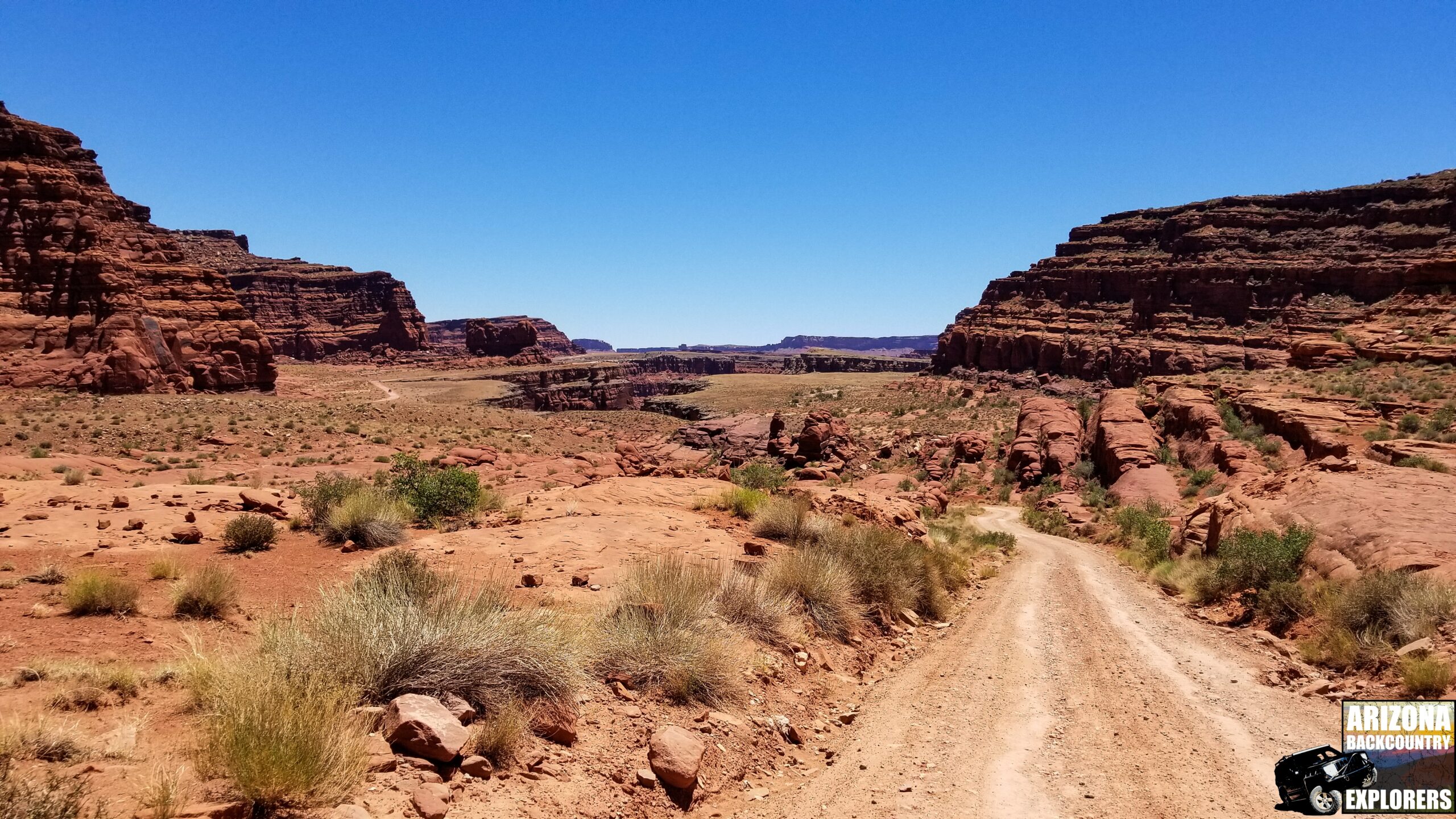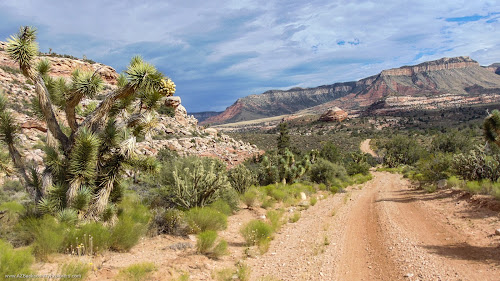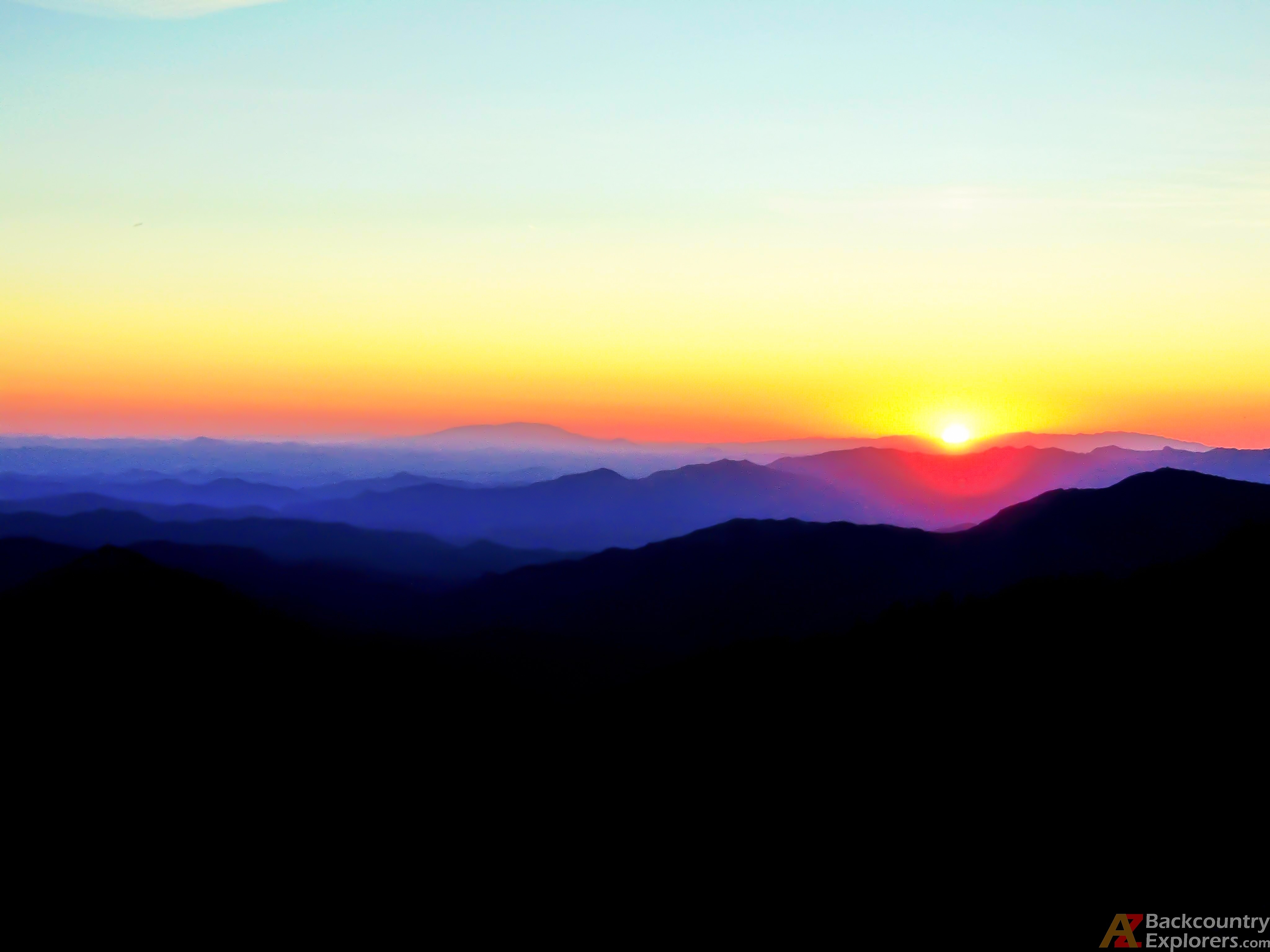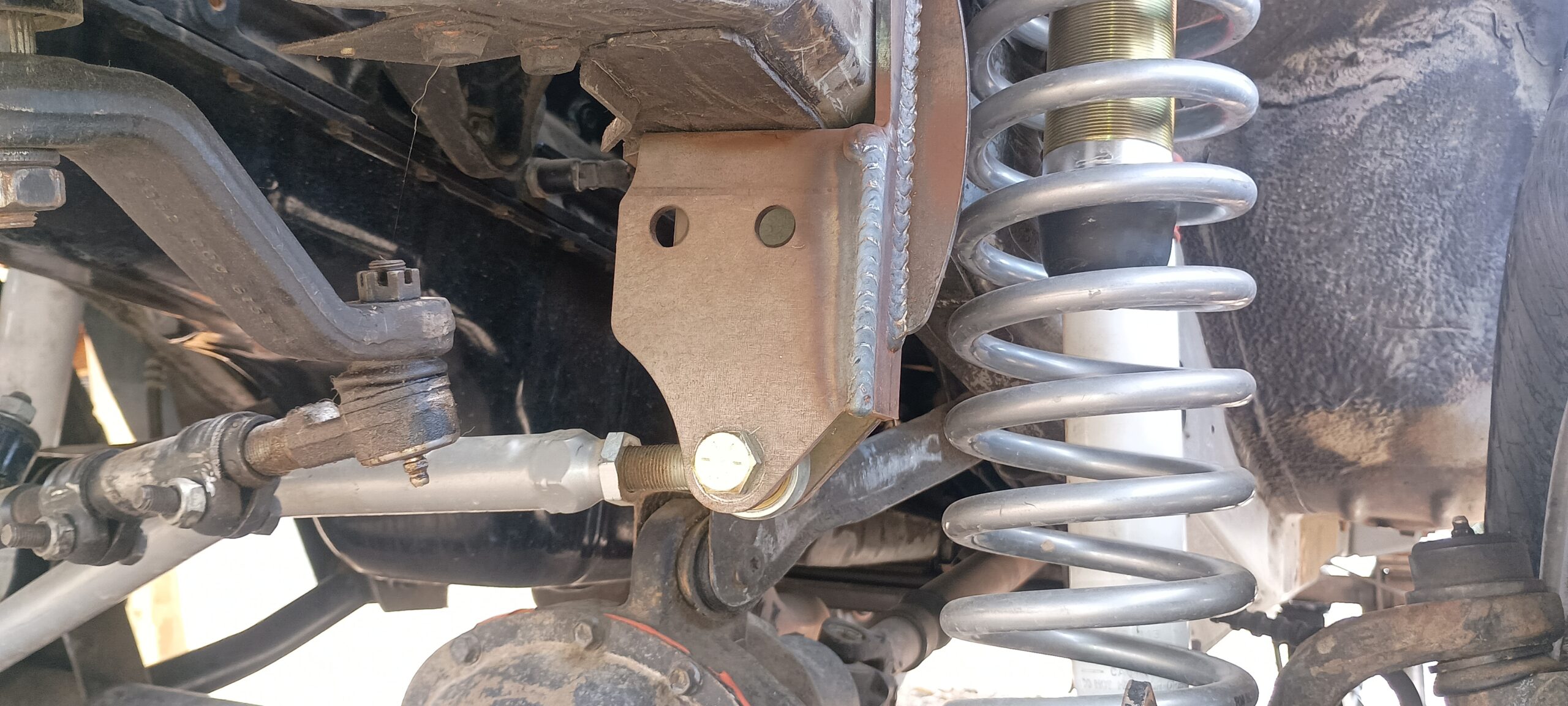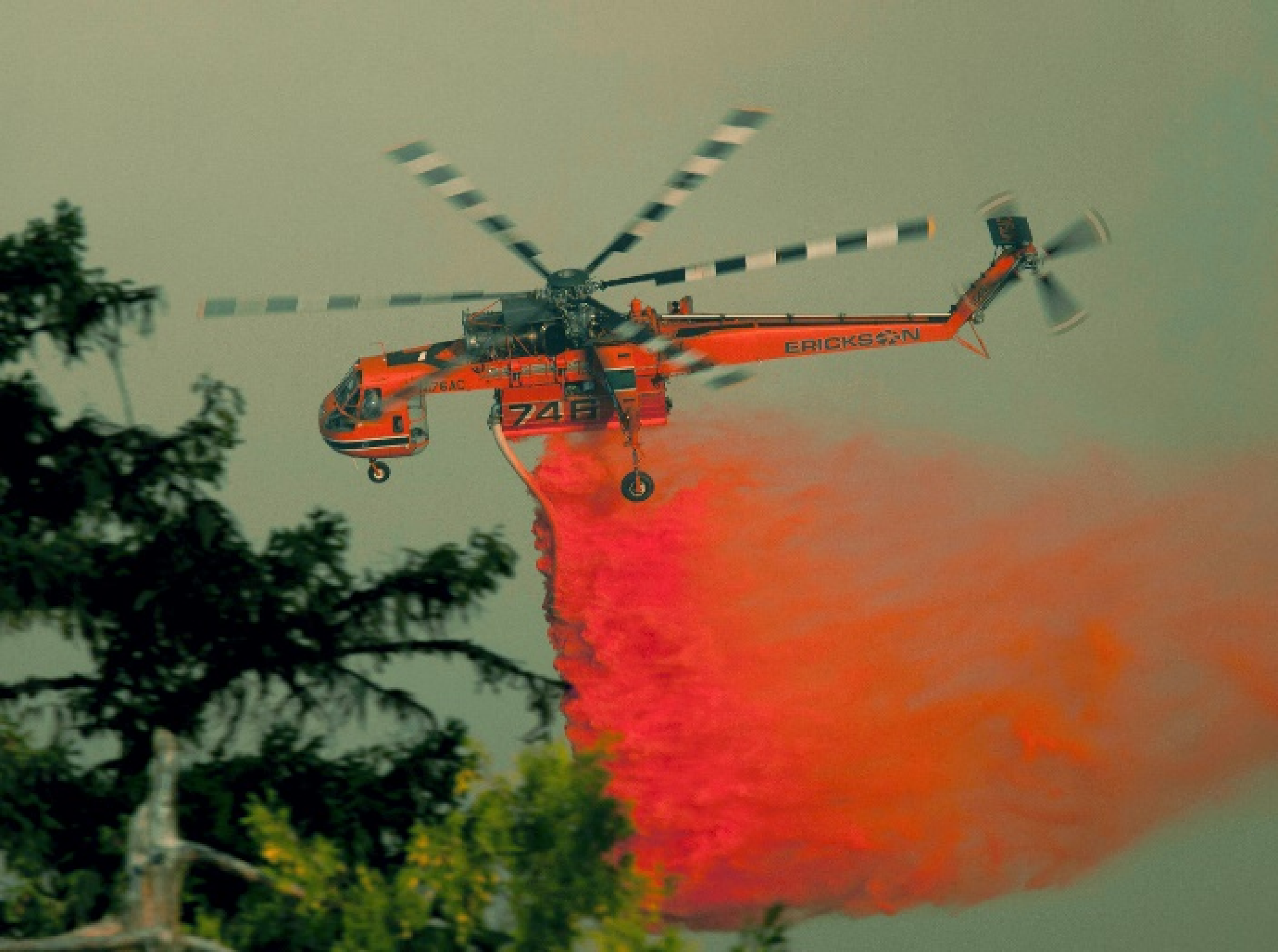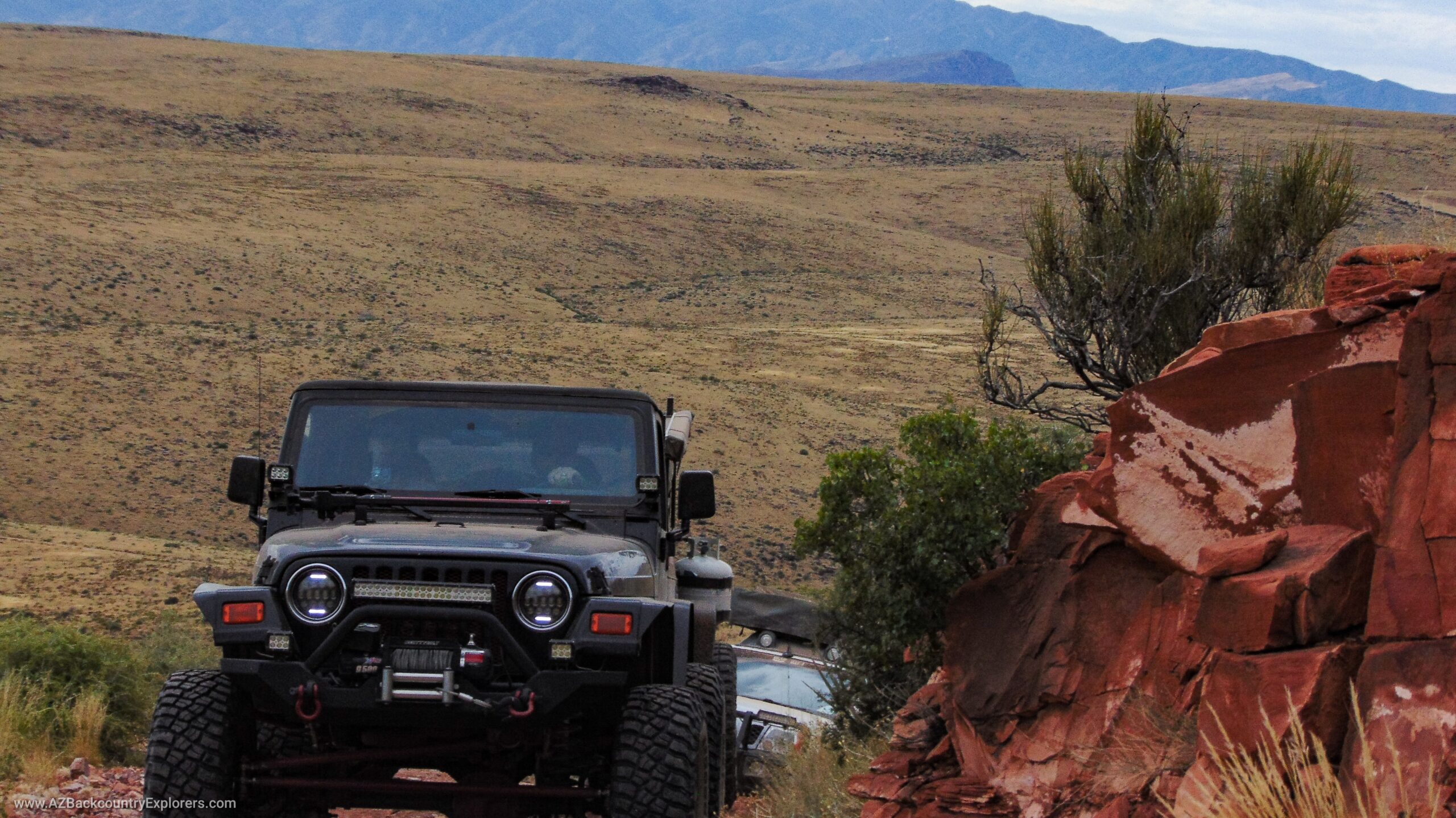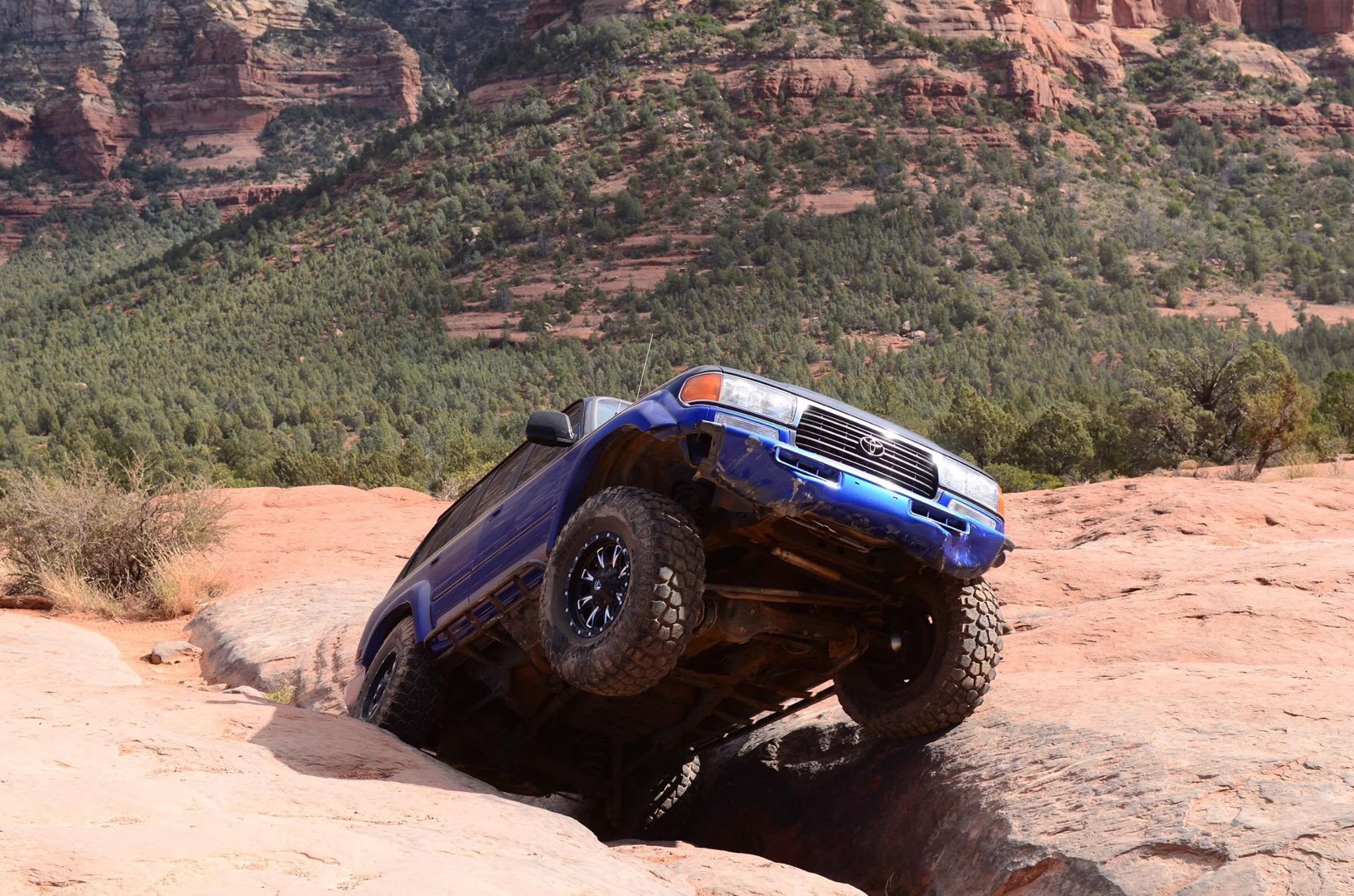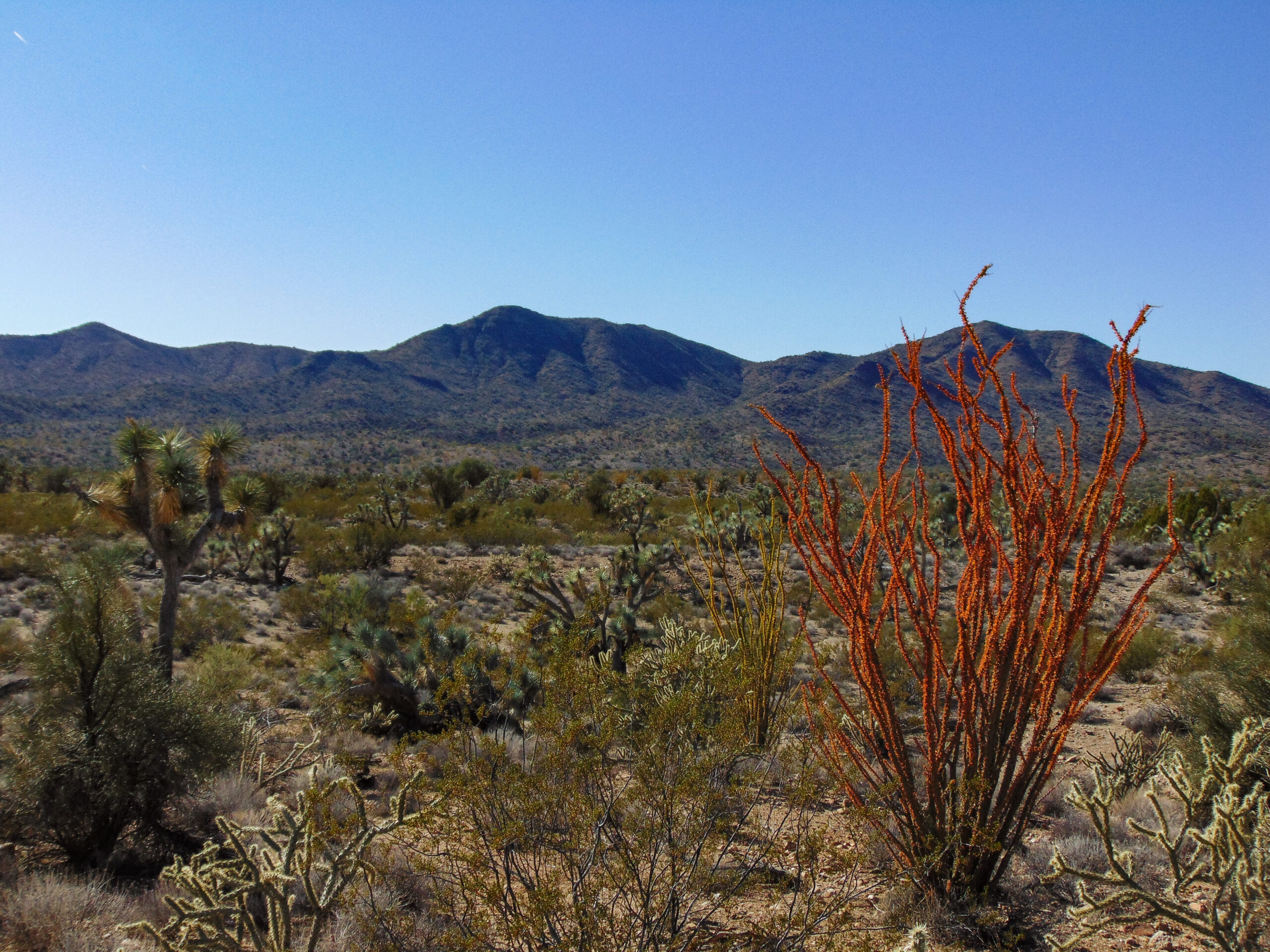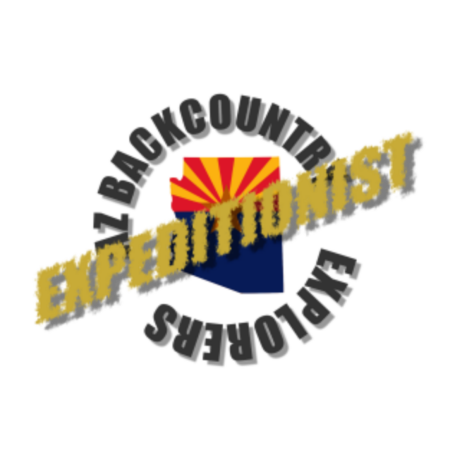There appears to be a massive quarrel about motorized access and why it’s essential.
Motorized access has been redefined and used to somehow describe a way to protect the environment by keeping vehicles on designated roads. The fact is, that using established designated roads is not meant to protect wildlife, the environment, or nature in any way. In fact, it’s a right that is granted by law.
The flawed concept of motorized access is running ramped in the offroad community. It seems like the term has been redefined and used to install an environmentally friendly idea that may make the average off-roader feel shameful for driving over a weed or fording a river. Of course, staying on established roads is considered proper etiquette. Many of us, including myself, don’t want to see new roads created. However, we all should understand the real idea behind motorized access.
We should always be conscious of the impact we leave behind. However, we shouldn’t believe that we somehow protect the environment by using designated roads that shouldn’t be designated in the first place. We know that motorized access is not closed due to trash, rule breakers, or disrespectful people. The
re-wilding of Arizona is in full swing, and Travel Management Planning is just one step towards that goal.
The land of many uses
On October 13, 1964, the US Congress passed the
Forest Roads And Trails Act. It specifically directed the US Forest Service to create and maintain a system of forest roads to facilitate access for timber harvesting, recreation, and other uses under the principles of
sustained yield and
multiple-use. The law can be summed up in the very first paragraph.
Be it enacted by the Senate and House of Representatives of The United States of America in Congress assembled, That 16 U.S.C. 532 the Congress hereby finds and declares that the construction and maintenance of an adequate system of roads and trails within and near the national forests and other lands administered by the Forest Service is essential if increasing demands for timber, recreation, and other uses of such lands are to be met; that the existence of such a system would have the effect, among other things, of increasing the value of timber and other resources tributary to such roads; and that such a system is essential to enable the Secretary of Agriculture (hereinafter called the Secretary) to provide for intensive use, protection, development, and management of these lands under principles of multiple use and sustained yield of products and services.
It’s important to know, the term “multiple-use” is not meant to describe hiking, mountain biking, and camping. Multiple-use means mining, timber harvesting, agriculture, development, and recreation.
Access has been granted to us under historical laws that promoted the settlement of western America. All of which are still valid today. I have talked about these laws in previous
articles. During this time, pack trails and wagon roads connected mining towns and major cities across the west. The idea of a “road” back then was no more than what we see today—a path leading through the wilderness that connects places of significance.
These roads were built by American settlers, Loggers, miners, ranchers, the Forest Service, and the US Military. During the 1960s, throughout this bill’s passage, Americans could purchase unclaimed land from the federal government, and RS 2477 was widely known. There was no permission required to build roads and maintain them. An American settler could cut a path to his ranch, mine, or homestead and not have to worry about a thing.
Designated roads
Road designation typically originates from a process called Travel Management Planning. Federal land managers, along with non-governmental organizations, decide what roads will remain open. After travel management occurs, the result is thousands of miles of existing trails closed for good and very few remaining open, significantly reducing the amount of motorized access. Environmentalist groups conduct studies, get paid millions of taxpayer dollars, and give us our options. These land management decisions are made by private individuals, not the Forest Service or the public.
Travel Management Planning is in violation of several federal and state laws. These laws grant us rights to the land and demand specific requirements before any new planning can occur. For example, the Regulatory Flexibility Act requires all federal agencies to study and publish a report on how administrative rules affect small businesses. The Congressional Review Act requires all new administrative rules to go to congress for a vote. The Federal Land Management And Policy Act recognizes all roads before 1976 as RS 2477 roads and says they must remain open. But federal land managers continue to ignore these laws.
However, in recent years, there has been an extraordinary effort to roll back regulations that have closed off motorized access, including ending the Bureau of Land Management Resource Management 2.0 and ultimately ending the Bureaus Travel Management Planning and reopening thousands of miles of roads. Recently, new laws hold federal workers individually responsible for their actions.
Why motorized access is important
We are currently seeing more and more wildfires inside wilderness areas and large swaths of land with little to no roads. Aside from the rights granted to the people under the law, state and federal land management agencies also need a network of motorized trails to access the public domain for administration purposes. Wildlife and wildfire management, research, search and rescue, and several other management purposes all require motorized access.
The recent Woodbury and Bush wildfires burned straight through roadless wilderness areas and became unstoppable. These two fires made the list of Arizona’s top ten most massive wildfires in history. Had fire crews been able to access these areas, it may have been mitigated. Both wilderness areas contain old roads that should remain open under law but were closed long ago. Furthermore, fire crews were prohibited from dropping retardant or even landing aircraft inside the wilderness areas.
Motorized access is also crucial for maintaining infrastructures such as aqueducts, pipelines, transmission lines, bridges, water wells, and other vital systems that Arizona but surrounding states rely on. The Paloverde Nuclear Power Plant, for example, is the largest nuclear power plant in the world. Paloverde supplies millions of New Mexico, Texas, Arizona, and California residents with electricity. Several companies own and maintained thousands of miles of high voltage powerlines to deliver this power to your home. Although most maintenance is now done from a helicopter, ground crews are still needed.
Motorized access is essential for all people, young and old. Many folks can’t walk miles because of medical conditions, disabilities, or because they are simply too young. Motorized access allows these folks, who otherwise wouldn’t have the capability, to hunt, fish, disperse camp, and enjoy the public domain.
The US Military built many roads to connect forts, bases, airfields, mistle silos, and other operations to defend American settlers. Roads were considered essential to move supplies if America was attacked. That idea continued with the construction of our modern Interstate Highway system. Arizona’s major interstate highways follow the path of these historic routes. Motorized access in the deep wilderness, even today, is essential for national security and law enforcement.
Final thoughts to conclude
The most crucial reason for motorized access has nothing to do with road designation. Aside from recreation, motorized access is essential for the well-being and security of millions of Americans. Without it, infrastructure would collapse, and wildlife management would be nearly impossible. Even the work of large environmental groups would be tough to accomplish. You can’t manage if there is no access.
Motorized access is a legacy left behind by the men and women who built this great place we call home. It increased the value of timber and allowed the settlers of Western America to prosper. Like all constitutional republics throughout history, the land, agriculture, and mining provided the highest form of liberty. All Americans have the right to own private property, secure that property, and pull wealth from the ground, making motorized access and RS 2477 essential to obtain the most potent form of independence. Mining and agriculture are where it all started.
